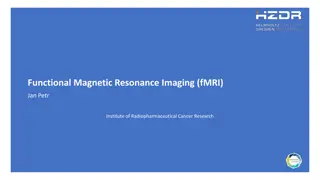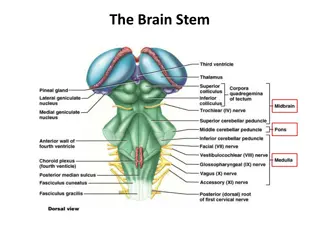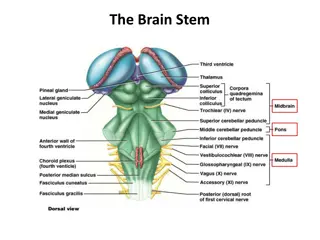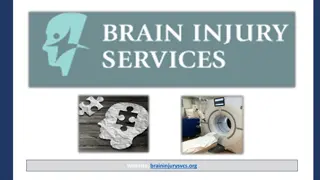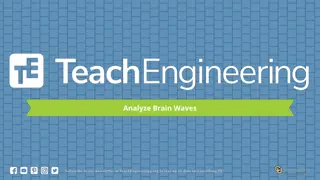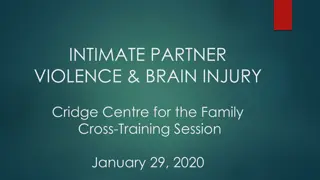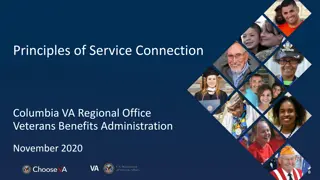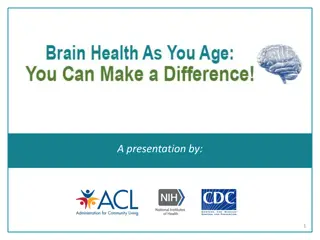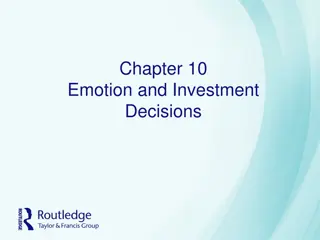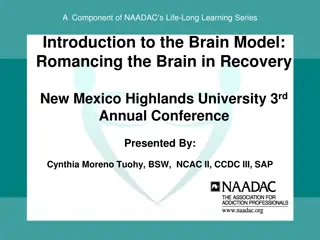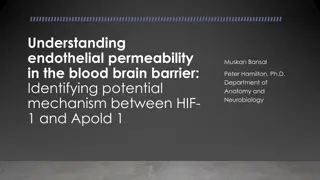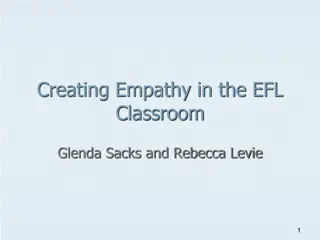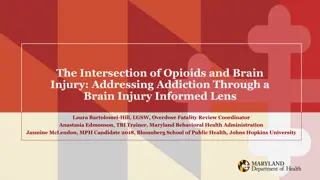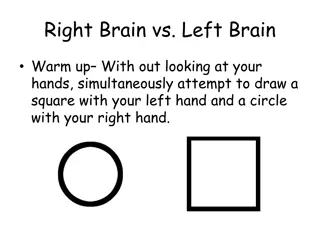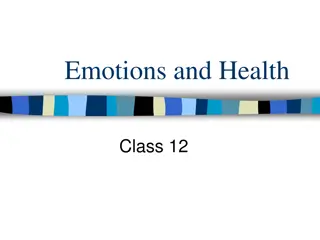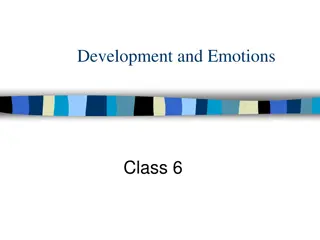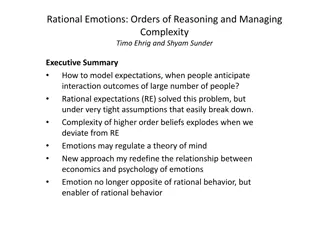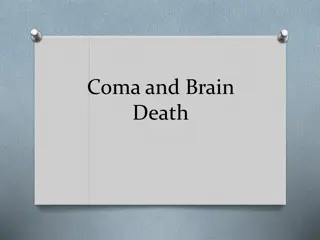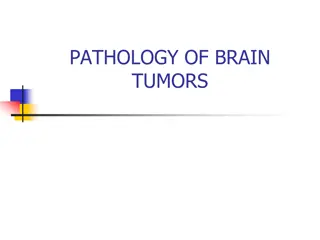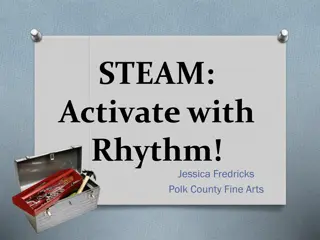The Intriguing Connection Between Emotions and the Brain
Exploring the complex relationship between emotions and the brain reveals that while our heart often takes the spotlight for feelings, it is actually the brain that plays a crucial role in regulating emotions. The limbic system, composed of various brain structures, controls emotional responses, such as fear and love. Understanding how the brain processes emotions sheds light on phenomena like fear, aggression, and love, offering insight into the intricate mechanisms at play within our minds.
Download Presentation

Please find below an Image/Link to download the presentation.
The content on the website is provided AS IS for your information and personal use only. It may not be sold, licensed, or shared on other websites without obtaining consent from the author.If you encounter any issues during the download, it is possible that the publisher has removed the file from their server.
You are allowed to download the files provided on this website for personal or commercial use, subject to the condition that they are used lawfully. All files are the property of their respective owners.
The content on the website is provided AS IS for your information and personal use only. It may not be sold, licensed, or shared on other websites without obtaining consent from the author.
E N D
Presentation Transcript
The Heart vs The Brain Emotions
Mission Control for Emotions Many authors have written about heartbreak, and many movie characters have died of a broken heart. Directors add long pauses in between scary scenes to quicken viewers heartrates. Commercials play slow music behind sad images hoping you will have a change of heart and donate to their cause. When your sibling steals your clothes you feel your chest tighten and your heart beat faster as you grow angry. But is your heart really in charge of all these emotions?
The Limbic System and Emotions The limbic system is located in the center of the brain, and it acts as the brain s emotional control center. The limbic system is made up of many parts including the hippocampus, amygdala, thalamus, hypothalamus, basal ganglia, and cingulate gyrus. The hippocampus is a seahorse-shaped structure involved in learning, memory, and emotion. The amygdala plays a central role in emotional learning, particularly fearful memories.
Fear Fear is the path to the Dark Side. Fear leads to anger, anger leads to hate, hate leads to suffering. Star Wars Episode I: The Phantom Menace, 1999 The amygdala has been identified as the brain s fear center. The amygdala is an almond-shaped bundle of neurons buried deep in each temporal lobe. When you sense something potentially dangerous the amygdala sends excitatory signals to other parts of the brain telling it to be on alert.
Aggression Aggression is different from anger. Anger is an emotion; aggression is a behavior. Growing Into Soul Low levels of the chemical serotonin, particularly in the prefrontal cortex, play a large role in aggressive behavior. Mice demonstrate aggression by physically dominating other mice repeatedly. Being the recipient of an aggressive social encounter can cause changes in the brain that lead to depression and anxiety. Animal research shows that aggressors may suffer from many of these same effects.
Love Love looks not with the eyes, but with the mind William Shakespeare, "A Midsummer Night's Dream | Act 1, Scene 1 Researchers scan the brains of people in love and find the ventral tegmental area (VTA) is most active. The VTA is part of the brain s reward pathway which is responsible wanting, craving, and obsession. The reward pathway releases the hormone oxytocin, which appears to cement bonds between adults and helps promote fidelity within monogamous relationships.
Activity Using your notes, fill in the blank brain worksheet. First, label the amygdala, the prefrontal cortex, and the Ventral Tegmental Area (VTA). Next, label what emotion each area of the brain regulates. Finally, list three examples of each emotion on the lines provided. Examples: Fear: Hearing a loud noise when you re home alone Aggression: Road rage
Follow BrainFacts.org @Brain_Facts_org https://www.facebook.com/BrainFactsOrg

















